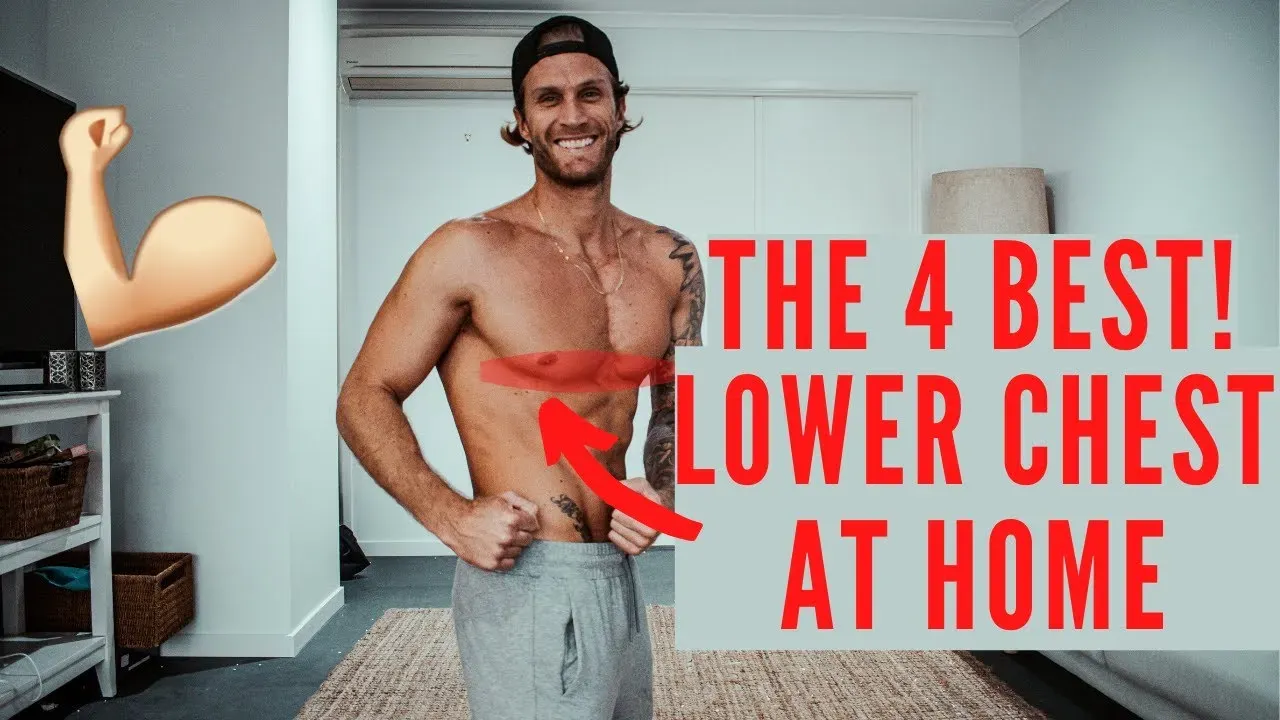Table of Contents
Let's be honest, when you look in the mirror, does your chest look... complete? Often, guys focus on the upper chest, hammering away at incline presses, leaving the lower portion looking a bit sad and saggy. That drooping look isn't exactly the powerful physique most are aiming for. Maybe you’ve tried everything at the gym, or perhaps hitting the gym isn't even an option right now. The good news? You absolutely can build a formidable lower chest without touching a single weight or fancy machine. Forget the excuses about needing a full gym setup. We're talking about effective lower chest workouts at home using nothing but your own body and maybe a sturdy chair or two.
Why Your Lower Chest Matters (Even at Home)
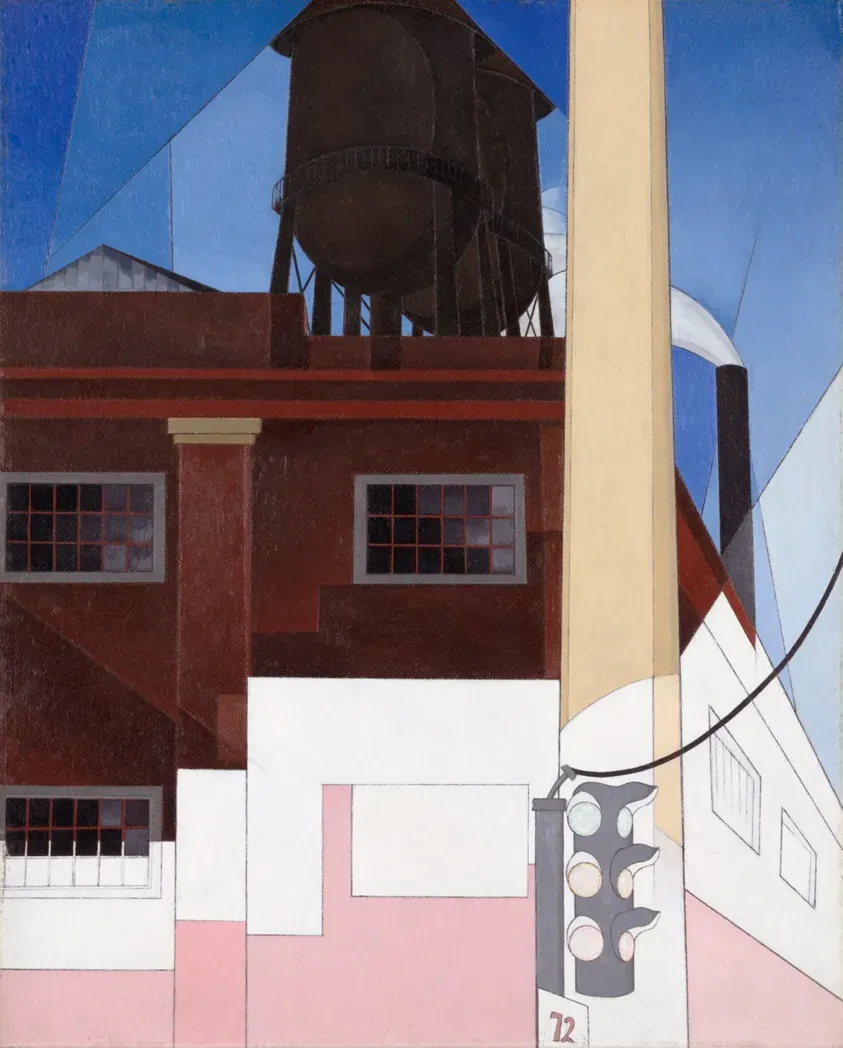
Why Your Lower Chest Matters (Even at Home)
Alright, let's talk about the forgotten part of your chest. Everyone hits the flat bench, pounds the incline, and maybe throws in some flyes. But how often do you specifically target the lower chest? That area gives your pecs that full, defined look, the one that creates a clean line where your chest meets your abs. Ignore it, and you risk that dreaded "drooping" appearance, like your chest is giving up on gravity. Training the lower chest isn't just for aesthetics; it contributes to overall chest strength and function. Plus, let's be real, a well-developed lower chest just looks impressive, whether you're flexing on the beach or just changing a lightbulb in your living room after crushing some lower chest workouts at home.
Effective Lower Chest Workouts at Home: Bodyweight Moves
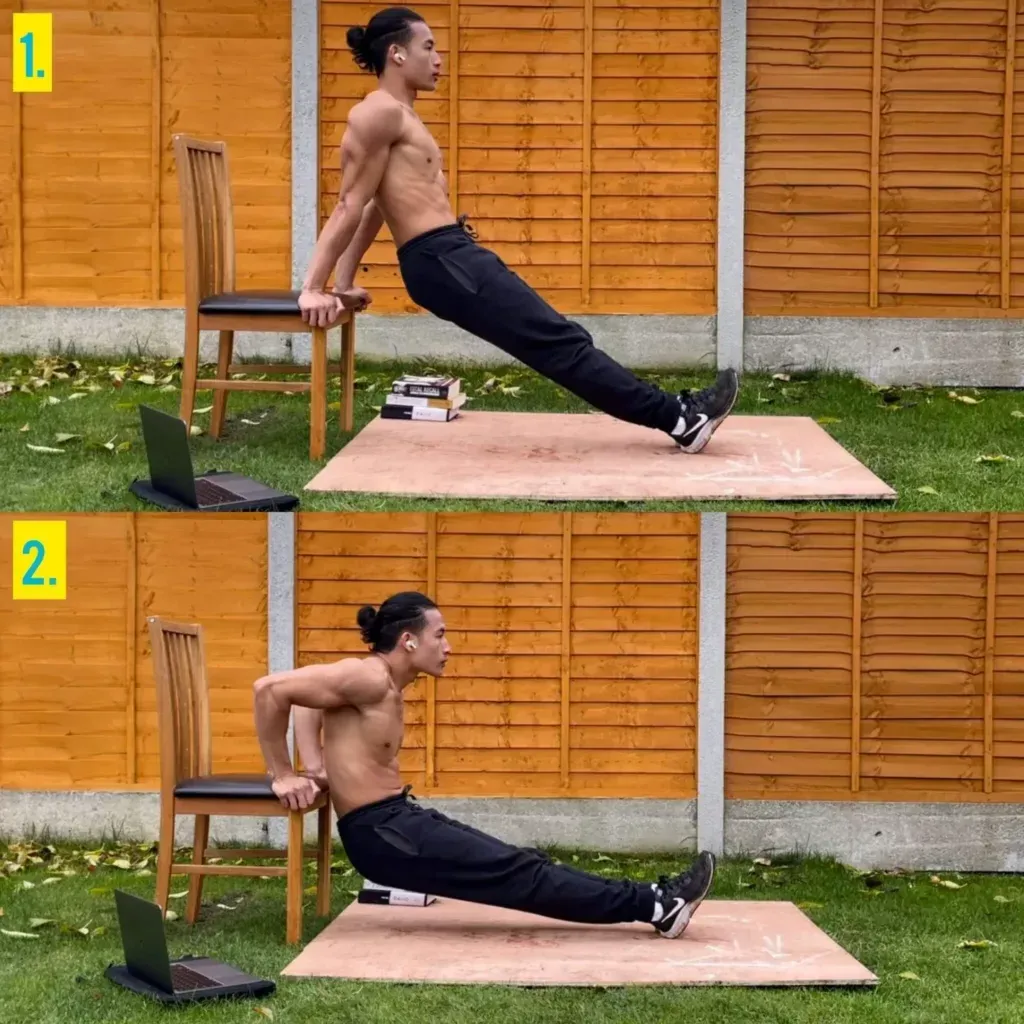
Effective Lower Chest Workouts at Home: Bodyweight Moves
Beyond the Basic Push-Up
so you're ready to ditch the gym membership fee and sculpt that lower chest from your own pad. Great choice! Bodyweight training, or calisthenics, is incredibly effective if you know how to manipulate angles and leverage. You don't need heavy weights to build muscle; you need tension and progressive overload. For lower chest workouts at home, the key is often elevating your hands or leaning your body forward. Think about the fibers of the lower pec – they angle downwards and outwards. To hit them hard, you need movements that work against that fiber direction. Incline push-ups, where your hands are higher than your feet, are a classic starting point. Prop your hands on a sturdy table, chair, or even a countertop. The higher the surface, the easier it is, so you can start there and work your way down to lower surfaces as you get stronger.
Getting Creative with Gravity
Once incline push-ups feel too easy, it's time to get a little more creative for your lower chest workouts at home. Dips are arguably one of the best bodyweight exercises for the lower chest, assuming you have the strength. No dip bar? No problem. Two sturdy chairs placed parallel to each other work perfectly. Just make sure they aren't going to slide out from under you – that's a fast track to a faceplant. Lean forward slightly at the bottom of the dip to really emphasize the lower pecs. Another killer move is the pseudo planche push-up. This involves placing your hands lower down your torso (closer to your hips) and leaning your weight forward over your hands. It takes some getting used to and seriously blasts the lower chest and shoulders. It’s tough, but effective.
Here are some solid bodyweight moves to add to your home routine:
- Incline Push-Ups (hands elevated)
- Chair Dips (using two sturdy chairs)
- Pseudo Planche Push-Ups (hands lower on torso)
- Hindu Push-Ups (transitions through different angles)
Modifying Classic Exercises for Lower Chest Focus
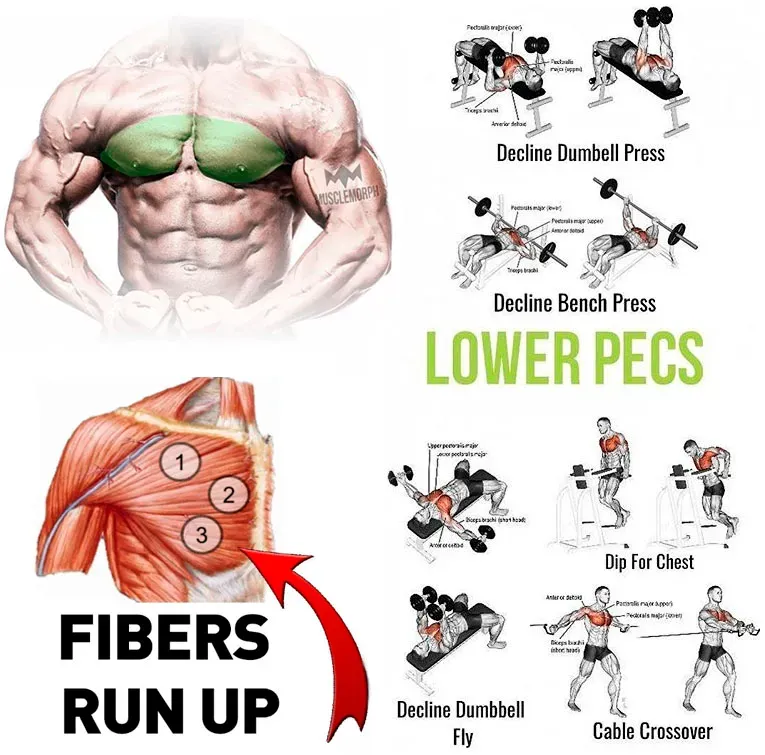
Modifying Classic Exercises for Lower Chest Focus
Angles are Everything: Hitting the Decline
so you've got the basic bodyweight moves down for your lower chest workouts at home, but how do you really make those standard push-ups or dips laser-focused on the lower fibers? It's all about angles, specifically creating a decline. Think about a decline bench press in the gym – your head is lower than your feet. That angle shifts the emphasis to the lower pecs. We can replicate this at home. For push-ups, the easiest way is the incline push-up we mentioned earlier (hands elevated). But to *really* hit the decline with your bodyweight, you need your feet elevated. Find a stable chair, a sofa, or even stairs. Put your feet up on the elevated surface and perform push-ups with your hands on the floor. The higher your feet, the more challenging the exercise and the greater the focus on the lower chest. Just be careful not to let your hips sag; keep that body in a straight line.
Lean Into It: Hand Placement and Body Position
Beyond just elevating your feet, subtle tweaks in hand placement and how much you lean can dramatically change which part of your chest does the work during your lower chest workouts at home. For push-ups, widening your grip slightly can engage the outer chest more, while a closer grip hits the triceps and inner chest. To target the lower chest specifically during push-ups (especially feet-elevated ones), imagine driving your hands *down* and slightly *back* towards your feet as you push up. This subtle cue helps activate those lower fibers. For dips using chairs, the key is the forward lean. Don't try to stay perfectly upright; lean your torso forward from the hip. This position mechanically favors the lower chest over the triceps. Experiment with how much you lean to find the sweet spot where you feel the lower pecs screaming (in a good way, obviously).
Here’s a quick look at modifications:
- Feet Elevated Push-Ups: Use a chair, bench, or stairs. Higher elevation = more lower chest focus.
- Chair Dips: Lean torso forward to target lower chest; staying upright works triceps more.
- Pseudo Planche Push-Ups: Hands lower on torso, lean weight forward over hands.
- Incline Push-Ups: Hands on elevated surface (table, counter). Easier variation, good starting point.
Building Your Lower Chest Workouts at Home Routine
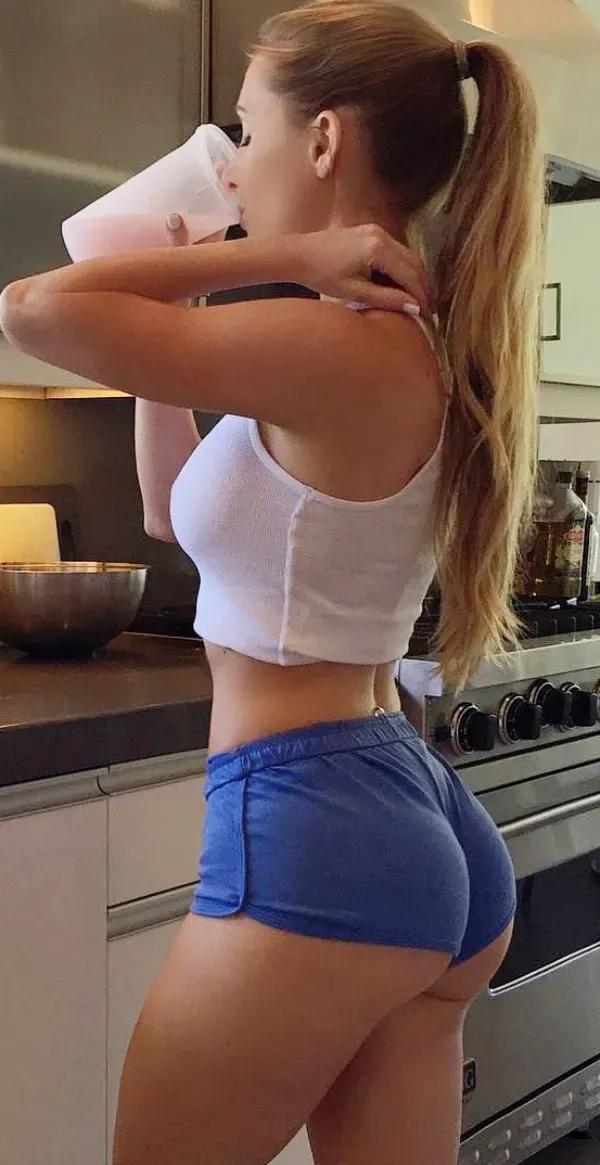
Building Your Lower Chest Workouts at Home Routine
Structuring Your Home Lower Chest Sessions
Alright, you've got the moves, but how do you put them together into a routine that actually delivers? Consistency is king, but you don't need to train your lower chest every single day. Aim for 2-3 times per week, allowing at least a day of rest in between. Think about hitting it as part of a larger push-day routine (chest, shoulders, triceps) or even integrating a few sets into a full-body workout. When you're building your lower chest workouts at home, focus on quality over quantity. Don't just churn out reps mindlessly. Control the movement, feel the muscle working, and aim for a challenging rep range, typically 10-20 reps per set depending on the exercise difficulty. If you can easily do 20+ reps, it's time to make the exercise harder – elevate your feet higher for push-ups, increase the lean on dips, or try a tougher variation like pseudo planche push-ups.
Selecting Exercises and Progressing
Choosing which exercises to include in your Building Your Lower Chest Workouts at Home Routine depends on your current strength level. If you're just starting out, incline push-ups (hands on a counter or table) are a great place to build a base. As you get stronger, move your hands lower, eventually progressing to floor push-ups, then feet-elevated push-ups (starting with low elevation and increasing it). Chair dips are excellent but require a decent amount of upper body strength; don't feel bad if you can only do a few reps or need to use support for your feet initially. Pseudo planche push-ups are advanced and should be approached cautiously. A good routine might include 2-3 exercises targeting the lower chest. For example, start with a compound movement like feet-elevated push-ups, follow up with chair dips, and finish with a higher-rep set of incline push-ups. Progression isn't just about adding reps; it's about increasing difficulty over time. This could mean increasing elevation, increasing your lean, slowing down the tempo, or decreasing rest time.
Exercise Progression | Easier Variation | Harder Variation |
|---|---|---|
Push-Ups | Incline Push-Ups (Hands High) | Feet Elevated Push-Ups (Feet High) |
Dips | Chair Dips (Feet on Floor) | Chair Dips (Feet Elevated) |
Targeting Lower Chest | Slight Lean Forward (Dips) | Increased Lean / Pseudo Planche Prep |
Integrating and Staying Consistent
Building Your Lower Chest Workouts at Home Routine means making it a regular part of your training week, not just an afterthought. Slot it into your schedule like any other important appointment. Maybe Tuesday and Friday are your push days, and you dedicate the first 15-20 minutes to lower chest work. Or perhaps you sprinkle a set of feet-elevated push-ups between sets of other exercises. The key is consistency. Results don't happen overnight. It takes weeks and months of consistently applying tension to those lower pec fibers. Don't get discouraged if progress seems slow initially. Keep challenging yourself, focus on proper form, and track your progress – maybe you can do 5 feet-elevated push-ups this week, aim for 6 next week. That steady, albeit sometimes frustrating, progress is what builds muscle over time. Stick with it, and that defined lower chest line will start to appear.
Finishing Strong: Your Home Lower Chest Journey
So there you have it. Building your lower chest isn't some mythical quest reserved for gym rats with access to decline benches and cable machines. As we've covered, with the right approach to lower chest workouts at home, smart exercise selection, and clever modifications, you can absolutely hit those lower fibers effectively. It takes consistency and paying attention to how your body moves, but the tools are literally at your fingertips – or under your own roof. Stop neglecting that crucial part of your chest and start putting these bodyweight strategies to work. The change might surprise you.
